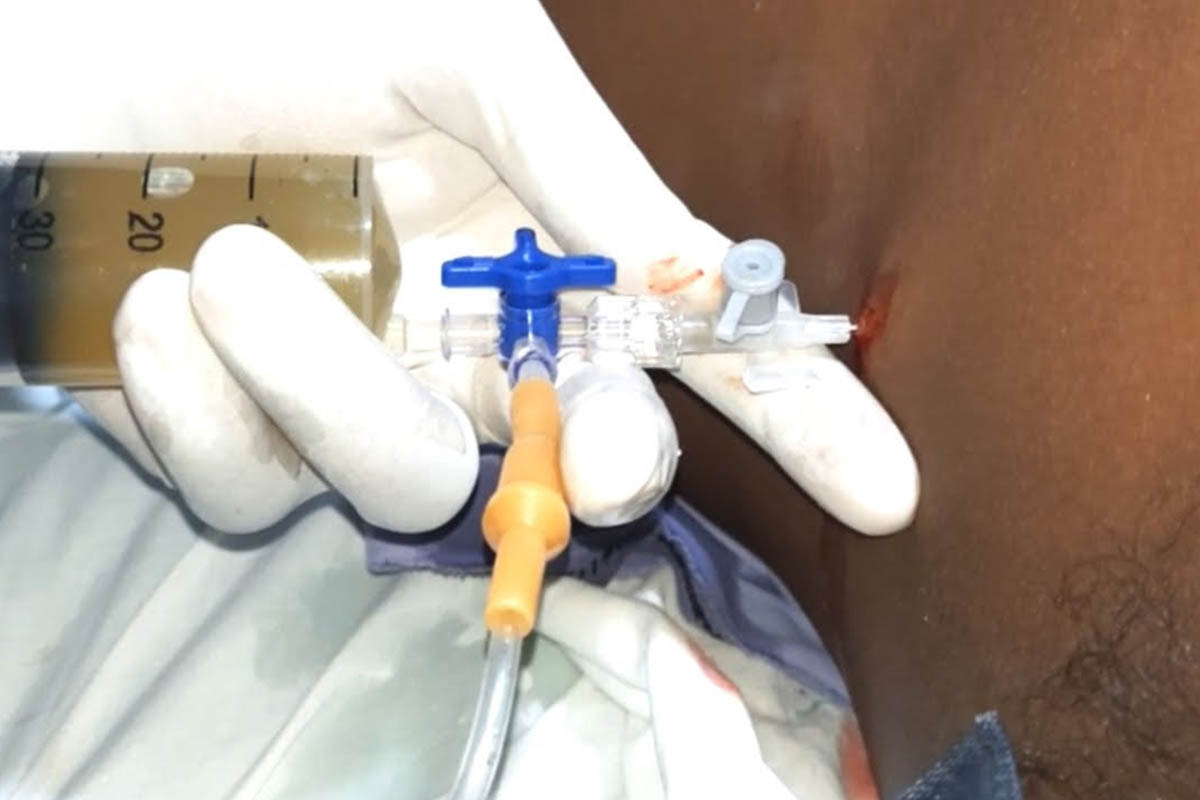
What Is Pleural Tapping?
Thoracentesis is a procedure to remove fluid from the space between the lining of the outside of the lungs (pleura) and the wall of the chest. Normally, very little fluid is present in this space. An accumulation of excess fluid between the layers of the pleura is called a pleural effusion.
Procedure
Your thoracentesis will be performed in a hospital, clinic, or doctor’s office. The procedure generally takes 15 minutes and includes these steps:
